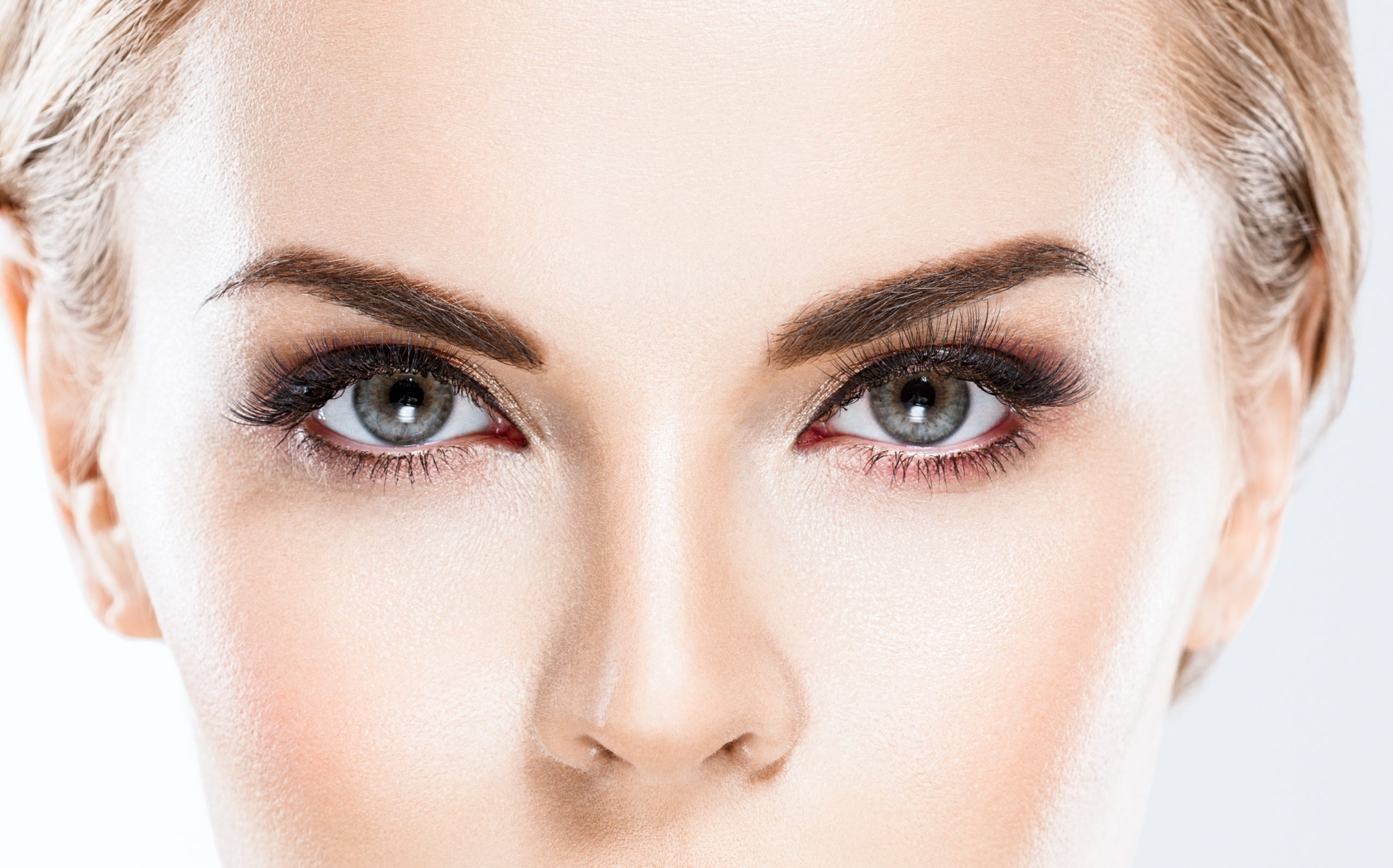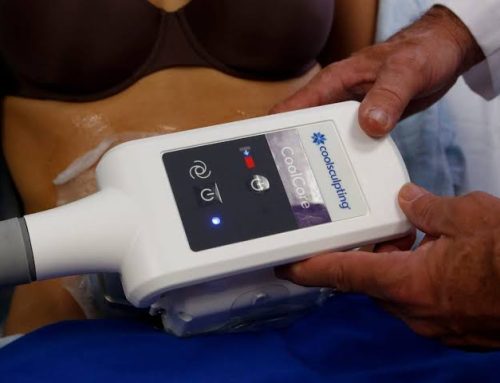Introduction
Blepharoplasty, commonly known as eyelid surgery, is a popular cosmetic procedure designed to rejuvenate the appearance of the eyes. As with any surgery, recovery is an essential aspect of the process, and many patients wonder when they will look and feel “normal” again. In this article, we will delve into the recovery journey of blepharoplasty, offering insights into the healing process, what to expect, and how long it typically takes to regain a natural and refreshed look.

What is the post-op period of Blepharoplasty?
After a successful blepharoplasty, you will be taken to a recovery area for observation as the effects of anesthesia wear off. This initial recovery period is essential, and patients may experience some mild discomfort, swelling, and blurry vision. These effects are entirely normal and typically subside within a few hours.
The first few days after Blepharoplasty
The first few days following blepharoplasty are crucial for the healing process. Swelling and bruising around the eyes are common, and you might feel discomfort or tightness. Your surgeon will provide detailed post-operative instructions, including keeping your head elevated, using cold compresses to reduce swelling, and taking any prescribed medications to manage pain and discomfort.
During this period, it’s vital to avoid strenuous activities, including heavy lifting and vigorous exercise, which can increase swelling and prolong the recovery process. Most patients take around one week off from work to ensure a stress-free recovery.
The first 2 weeks after Blepharoplasty
As the days progress, you’ll begin to see noticeable improvements in your appearance, after blepharoplasty. While bruising and swelling may still be present, you can typically return to most of your daily activities. However, it’s advisable to continue avoiding any strenuous activities that could strain your eyes.
Around the end of the first week or the beginning of the second, stitches or sutures may be removed. This can be an exciting milestone, as it marks a step closer to achieving your final results. Still, some swelling and bruising might persist, and makeup should be applied cautiously.
Long-term after Blepharoplasty
While patients can often return to work and resume most activities within the first two weeks after blepharoplasty, it’s essential to recognize that the full recovery process extends over several months. During this time, the residual swelling and bruising will gradually diminish.
Around the one-month mark, you’ll notice significant improvements in your appearance, and any initial tightness or discomfort should have subsided. By this time, you should feel more like your “normal” self, and your eyes will appear more youthful and refreshed.

How long after Blepharoplasty will I look normal?
The question of when you will look “normal” after blepharoplasty is a common concern. While the initial recovery period is relatively short, achieving the final, natural-looking results takes time. Most patients find that they look “normal” to others at around the one-month mark.
However, it’s important to understand that individual healing processes can vary. Some patients may experience a faster recovery, while others might have residual swelling or subtle changes for a few months. The good news is that these changes are usually subtle and not easily noticeable to others. By three to six months post-surgery, you should have fully settled into your rejuvenated and refreshed appearance.

Conclusion
Blepharoplasty is an excellent way to enhance the youthful and refreshed appearance of your eyes. While the initial recovery period may involve some swelling and bruising, looking “normal” to others typically occurs within one month. Individual healing processes can vary, but most patients find that they fully settle into their rejuvenated look within three to six months. To ensure a smooth and successful recovery, following your surgeon’s post-operative instructions is crucial, and consulting with your surgeon throughout the process can address any concerns or questions that may arise. Ultimately, blepharoplasty offers a long-lasting transformation that’s well worth the journey to a more confident and revitalized you.
Disclaimer: The content on this blog is intended for general informational purposes only. It is not a substitute for professional medical advice, diagnosis, or treatment. Always consult qualified healthcare providers for personalized advice. Information regarding plastic surgery, dental treatment, hair transplant, and other medical procedures is educational and not a guarantee of results. We do not assume liability for actions taken based on blog content. Medical knowledge evolves; verify information and consult professionals. External links do not imply endorsement. By using this blog, you agree to these terms.










